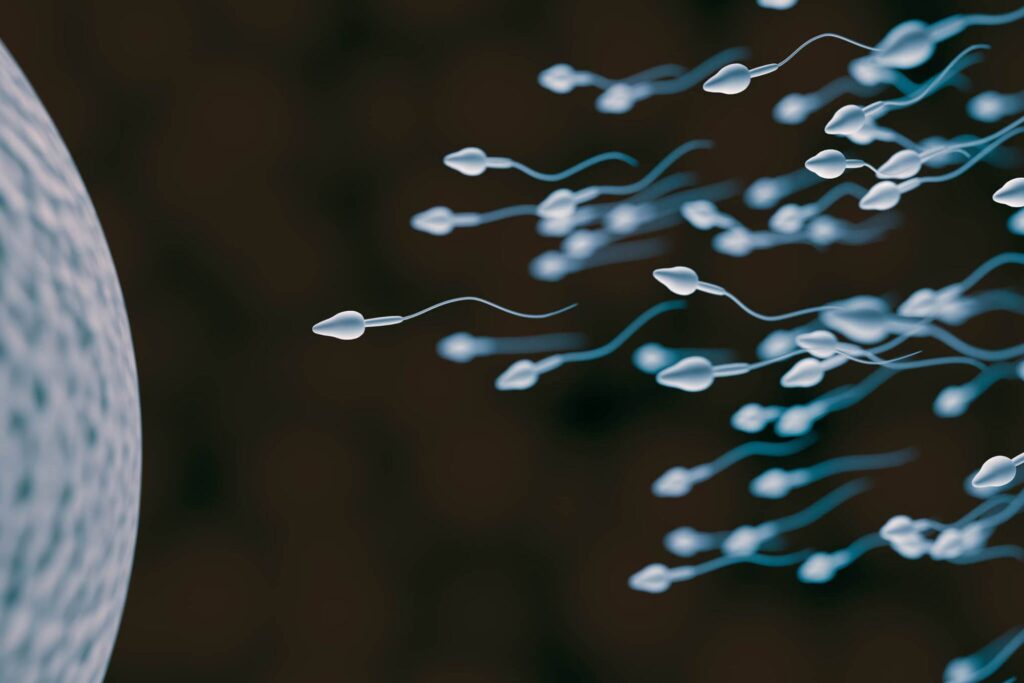For the first time, a group of researchers succeeded in growing a pair of testicles in the laboratory. According to the website IFL Sciencelab-grown testes, created from immature testis cells taken from newborn mice, quickly developed structures resembling mature testes and may even be able to produce sperm.
Like other types of lab-grown organs, commonly called organoids, miniature testes were created with the goal of helping researchers gain new insights into the development and diseases of this organ.
Until now, scientists have not had a laboratory system to model testicles, and the research group that succeeded in creating testicles in the laboratory hopes that their new achievement will increase scientists’ understanding of male sexual performance.
“Artificial testes are a promising model for conducting basic research on testicular growth and function and could lead to the development of treatments for sexual development disorders and infertility,” study author Dr. Nitzan Gonen explained in a statement.
In order to create testes grown in the laboratory, which are basically small groups of cells that reproduce the processes in the real testis, the primary cells of the testicles of mice were placed in a special growth medium. Within two days, the miniature organs developed tubular structures and cellular organization patterns that resembled those found in real gonads.
Normally, organoids are made to resemble the real organ in embryonic stages, however, the researchers managed to grow the tiny testicles to a more mature state. In total, they kept the organoids for nine weeks. During this time, the testicular organoids increased in size until they eventually disintegrated when the demand for their blood became too high.
The study authors specifically monitored the growth of Sertoli cells, which support spermatogonial cells and play an important role in sperm production. The maturation of these cells over a 9-week period was very similar to that seen in living mice at similar stages.
While 9 weeks may not seem like a long time for testes to grow, the process of sperm production or spermatogenesis in living mice usually only takes about 35 days. Therefore, theoretically, it is quite possible that the testicle grown in the laboratory will complete this cycle and produce sperm within this time frame.
The study authors say their experiments provide the first indications that testicular organoids can support spermatogonial stem cells entering meiosis (the process by which sperm are produced).
“In this study, we grew testicular organoids from mice, but it is possible that the same steps could be used to produce testicular organoids from pre-pubertal boys,” the researchers write. If these organoids can fully reproduce the function of the adult testis, we expect that they will be able to produce haploid sperm in the laboratory. This ability can be transformative and help infertile patients to have their biological child.”
Study findings in the journal International Journal of Biological Sciences It has been published.


